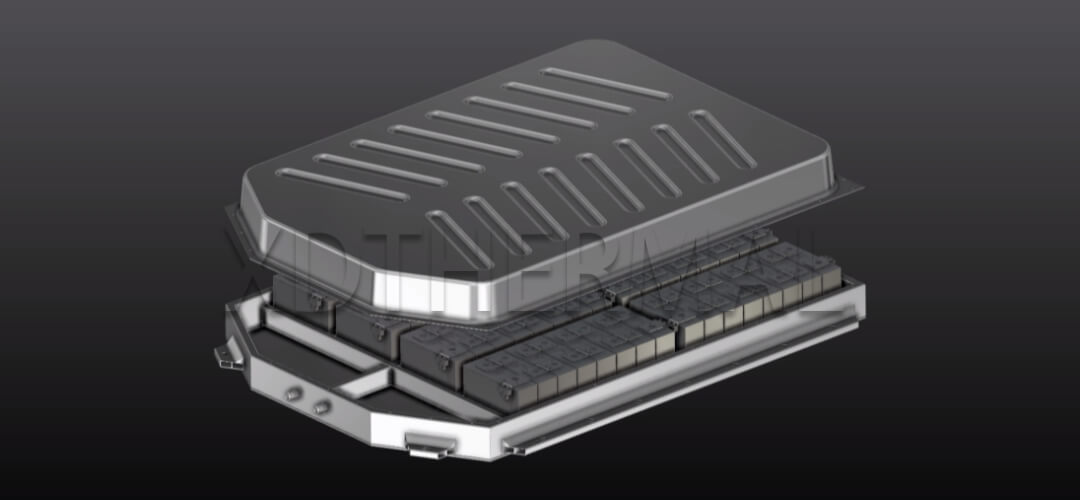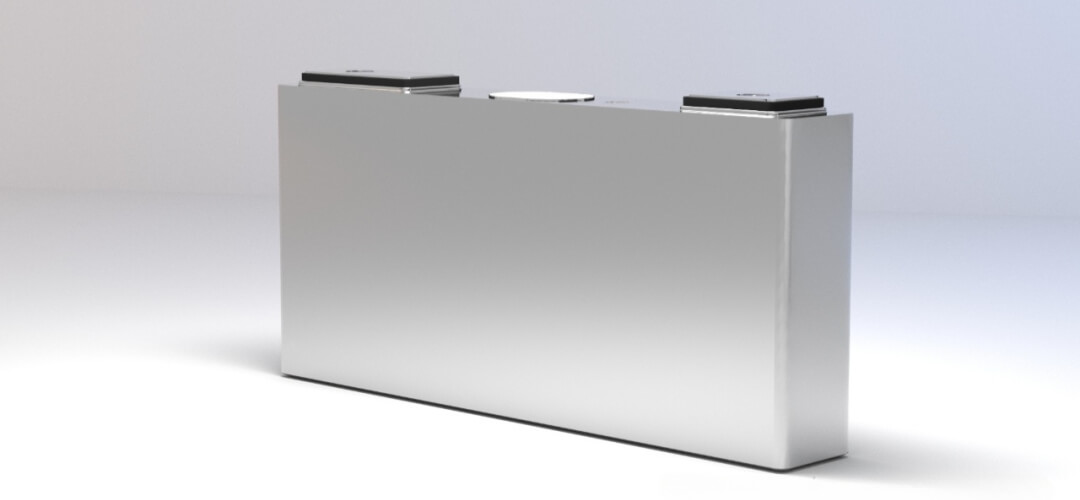The rise of electric vehicles (EVs) has sparked a rapidly growing global market that revolves around sustainable mobility, reduced emissions, and innovative technology. As governments introduce stricter emission regulations and consumers demand cleaner transportation, automakers are racing to develop EVs that strike the perfect balance between range, cost, and driving experience. Amid this drive toward electrification, every kilogram counts, and one of the most pivotal components affecting overall vehicle weight is the battery enclosure.
However, conventional metal casings, often made of steel, can add significant mass to an EV. Heavier enclosures negatively affect driving range, overall efficiency, and even handling. It is for this reason that manufacturers and materials scientists alike are researching lighter yet sturdy alternatives. The pursuit of an optimal balance between lightweight construction and robust protection has spawned a new generation of enclosures. These innovations employ materials such as aluminum alloys, carbon fiber composites, and thermoplastic composites that aim to reduce weight without compromising critical performance factors like crashworthiness and thermal management.
This article explores the essentials of what is the battery casing for EV, why its weight matters, and how modern materials can dramatically enhance performance. We will also discuss what EV batteries are encased in, who the EV battery enclosure manufacturers are, various design strategies, real-world examples, and future directions. Whether you are curious about EV battery pack casing Tesla solutions, searching for the best EV battery pack casing or even considering an EV battery pack casing kit, understanding the role of lightweight enclosures will provide clarity on why this aspect is so crucial in the world of electric mobility.
Modern electric vehicles rely on substantial battery packs to deliver competitive driving range, but the enclosure weight can undermine these gains. Weightier casings reduce range, increase energy consumption, and compromise handling—ultimately affecting consumer satisfaction and environmental goals.
Heavier battery enclosures translate to higher energy consumption, shorter driving range, and higher production costs. By contrast, lighter enclosures optimize every kilowatt-hour for travel rather than transporting unnecessary mass.
The battery casing (also called an enclosure) is essentially the structural housing that stores and protects the individual battery modules and cells from environmental hazards, such as road debris, moisture, and temperature fluctuations. It is sometimes referred to as a battery box or battery enclosure. Additionally, it must protect the delicate internal components from mechanical stress during crashes or regular operation (vibrations, bumps on the road, and so on).

EV batteries—whether they power a compact city EV or a long-range electric SUV—are commonly encased in either steel, aluminum, or composite-based structures. Traditional casings often utilize steel due to its durability and crash resistance, but steel also brings considerable weight. Contemporary solutions have shifted toward aluminum alloys, carbon fiber composites, thermoplastic composites, and even hybrid designs that integrate multiple materials into a single enclosure to optimize cost, weight, and performance.

Each material choice impacts performance, manufacturing cost, recyclability, and integration with other vehicle systems such as cooling and crash structures.
When engineers tackle EV battery box design, they must balance several priorities:
Leading EV battery enclosure manufacturers—including specialty firms, automotive suppliers, and major OEMs—often collaborate with materials scientists and design engineers to come up with solutions that check all these boxes.
https://www.xdthermal.com/top-10-battery-pack-enclosure-companies-in-china/
https://www.xdthermal.com/top-10-battery-pack-enclosure-companies-in-americas/
These advantages explain the significance of the question: “What is the battery casing for EV?” The casing is the key to shielding critical electronics while also being as light as possible.
Lightweight battery enclosures fundamentally improve performance by addressing multiple aspects of an EV’s operating environment:
1. Extended Driving Range
By shedding excess weight, vehicles can travel farther on the same battery capacity. This is crucial for mitigating range anxiety and competing in a market where drivers seek more miles per charge.
2. Improved Crash Safety
Modern materials like thermoplastic composites or carbon fiber can be engineered for enhanced energy absorption. An enclosure that deforms in a controlled manner helps safeguard the cells inside from catastrophic damage.
3. Thermal Management
Enclosures built with aluminum or integrated cooling channels can effectively dissipate heat, reducing the risk of thermal runaway. High-end designs might integrate advanced cooling solutions right into the enclosure walls, further optimizing space and weight.
4. Reduced Production Complexity
Certain thermoplastic composites and hybrid approaches can consolidate multiple parts into a single molding step, minimizing assembly time and cost. This advantage directly impacts EV battery pack casing price y EV battery pack casing cost, helping manufacturers remain competitive.
5. Lower Center of Gravity
A lighter battery pack allows more precise distribution of mass in the vehicle’s undercarriage, often resulting in better handling dynamics and overall safety.
Companies like Envalior have showcased fully functional high-voltage battery enclosures made primarily from thermoplastics. These designs achieve notable weight and cost reductions over metal-based solutions, maintaining high performance in durability, fire resistance, and impact absorption.
Engineering firms such as D2H have developed composite battery boxes, claiming over 60 kg in weight savings compared to conventional aluminum enclosures. By combining carbon fiber layers with glass fiber and foam cores, these designs achieve both rigid structural integrity and impact-resistance. The lighter enclosure not only boosts range but also enhances vehicle handling.
Some innovative manufacturers integrate proprietary materials that absorb energy through elastic “bounce” in collisions. This helps keep the internal battery modules intact while maintaining a lightweight profile. Such solutions push the boundaries of what an EV battery casing material can accomplish.
Companies like XD THERMAL have introduced second-generation aluminum battery enclosures with optimized roll-formed sections, achieving over 32.2% mass reduction versus other aluminum extrusions. Such designs also incorporate strategies for better cell-to-pack packaging efficiency—vital for next-gen EVs requiring higher energy densities.
Tesla is known for pushing boundaries with its battery technology. While the company’s approach to enclosures primarily focuses on aluminum solutions for weight and thermal reasons, Tesla also invests heavily in new manufacturing techniques like casting large vehicle structures. These improvements hint at potential future developments in EV battery box design that integrates directly with the chassis, potentially reducing the need for discrete battery casing kits.
Despite the clear advantages of lightweight battery enclosures, manufacturers must address several challenges:
1. Manufacturing Costs
Advanced materials—carbon fiber in particular—can be expensive. Mass adoption depends on scaling production processes to make materials like specialized aluminum alloys more affordable.
2. Recyclability and Sustainability
Metal enclosures, particularly steel and aluminum, are relatively easy to recycle. Composites are more complicated. Future development aims at thermoplastic composites that allow easier recycling and separation of fibers.
3. Thermal Runaway Protection
Cutting-edge solutions must integrate better heat dissipation and insulation strategies, possibly through built-in channels or advanced coatings that can contain or slow thermal runaway.
4. Integration with Vehicle Design
Some automakers are moving toward structural battery packs, where the pack itself is part of the vehicle’s chassis. This approach can further reduce weight and material usage but requires rethinking how the entire car is designed and assembled.
5. Market and Regulatory Pressures
As governments worldwide push for rapid EV adoption, the race intensifies to develop enclosures that are not just lighter and safer but also aligned with emerging regulations around battery safety, crashworthiness, and environmental impact.
6. EV Battery Pack Casing Price and Cost
Since cost is a top purchasing factor for EV buyers, manufacturers aim to keep the final EV battery pack casing price competitive. Innovations in manufacturing processes—such as injection molding for thermoplastics, or advanced forming techniques for aluminum—help lower EV battery pack casing cost on the production line.
7. Emergence of Aftermarket Kits
The growing popularity of custom EV builds has introduced a niche for an EV battery pack casing kit. Such kits are typically modular and pre-engineered for safe assembly, catering to smaller-scale EV conversions or specialized commercial applications.
The journey toward efficient EV battery enclosures has evolved rapidly, moving from bulky steel constructions to innovative, lightweight alternatives. Whether you’re comparing enclosure materials, seeking an EV battery pack casing kit, or hunting for the best EV battery pack casing on the market, keep in mind that weight and design optimizations form the backbone of modern electric mobility. Each incremental improvement enhances range, boosts handling, and fortifies safety—pivotal outcomes for EVs looking to remain competitive and sustainable in a demanding automotive landscape.